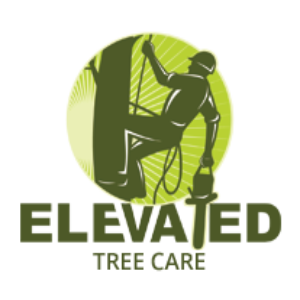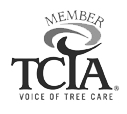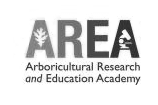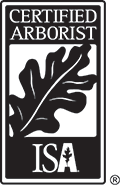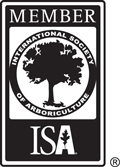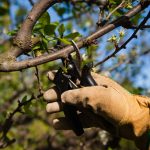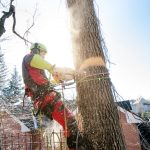Aerial Rescue in the tree care industry and the latest rescue techniques and scenarios are subjects that all arborists need to be up to date on. It is very important to build a culture of safety at a tree company. Here are some tips on the basics of climber rescue.
- One Primary Tie-in Point: The tree care industry is the only industry that works aloft with one primary tie in point to complete work opposed to two. All other rope industries have a primary tie-in point and a secondary tie-in point that will carry them to the ground safely if one were to fail. Arborists carry a secondary tie-in point on their saddle; however, it is not long enough to reach the ground if the primary were to fail. It is more for work-positioning, so arborists can work safely with their hands-free.
- Get the Process Down: When someone gets hurt on the job-site, adrenaline starts running and people can begin to panic. Make it clear that the best climber will perform the rescue on the injured climber before something happens. The ground guy must know the address of every job site, call 911 in case of an emergency and have the First Aid Kit ready. If this communication is established before an incident, then it will be a much smoother, faster operation.
- Don’t Make Yourself a Victim: If someone is injured, then you need to make sure the scene is safe. Check for electrical hazards first and if there are live wires present then call 911 and wait for professional help. If there are no electrical or tree hazards, then get up the tree as fast and safe as possible. Avoid free-climbing or going up the injured climber’s line.
- Stay Up-to-Date on All Climbing Systems: Nowadays, there are many different climbing systems and types of gear used by arborists. Even if you don’t use a particular system on a daily basis, get somewhat comfortable with it in case of emergencies.
- Trimming/Pruning or Removal Scenarios: Usually in large trees, two guys will be in the tree together for trimming or pruning. If one climber does get hurt, it makes rescuing the other climber easier. However, on a tree removal there is only one climber in a large tree. So, if an incident were to occur, having the second climber’s gear close to the tree in case of an emergency can speed up the rescue tenfold.
- Don’t Leave It Up to the Fire-Fighters: If 911 is called, make sure you are in the tree before the firemen get there. If you are on the ground when they arrive, they are not legally allowed to let you access the canopy. This can make the rescue situation take longer since they are not used to any types of tree climbing gear. If you are in the tree, they cannot legally make you leave.
- Dead Man Zone: Once you get up about 60 feet or higher then you enter “dead man’s zone.” At this height, it will take a very long time for someone to get up to you. Ultimately, safety will come down to the arborist entering that zone and should be aware of all hazards, so accidents can be reduced.


